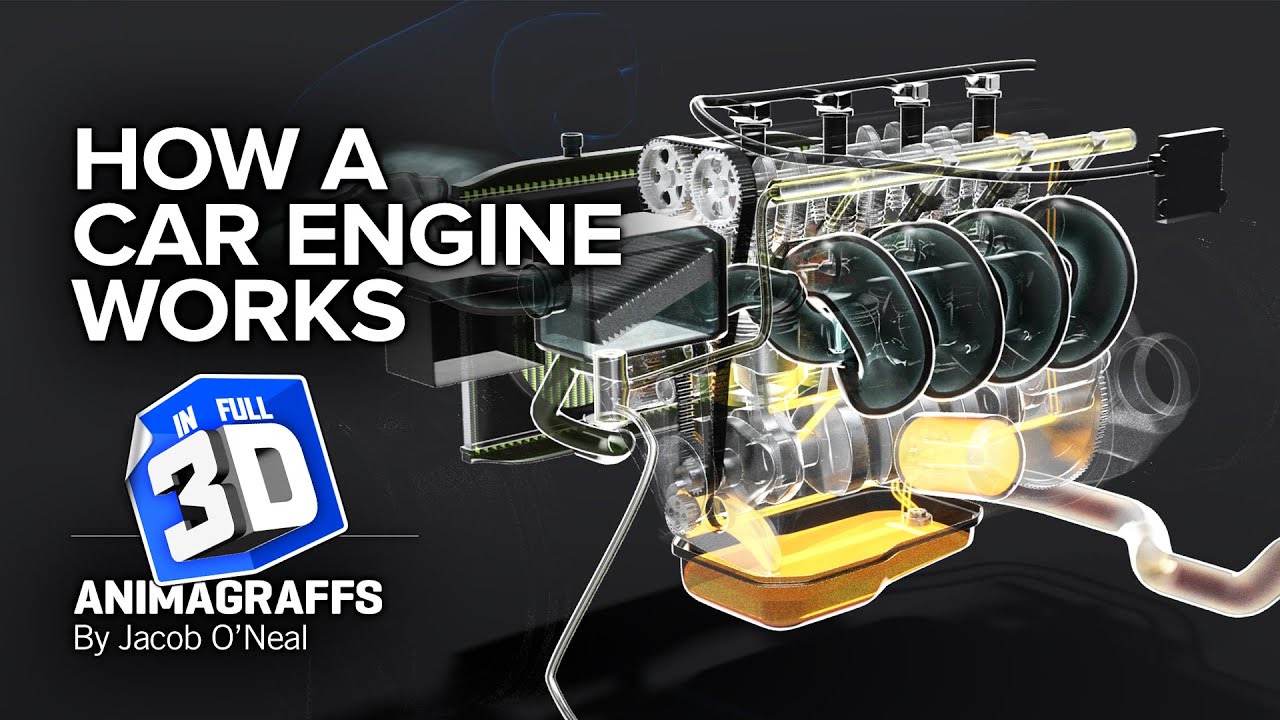How an Automatic Car Engine Works
Introduction
Automatic transmissions are a popular choice for drivers who want a more convenient and less stressful driving experience.
They are particularly beneficial in stop-and-go traffic, where constant shifting can be tiring.
But how exactly do automatic transmissions work?
In this article, we will take a closer look at the inner workings of an automatic car engine and explore the different components
that make it possible to operate a vehicle without the need for manual gear shifting.
Components of an Automatic Transmission
The main components of an automatic transmission include:
- Torque converter: This is a fluid coupling that connects the engine to the transmission.
It transfers power from the engine to the transmission and allows the engine to run at a different speed than the transmission. - Planetary gearset: This is a set of gears that allows the transmission to change gears smoothly.
The planetary gearset consists of a sun gear, ring gear, and planet gears. - Hydraulic control unit: This is the brain of the transmission.
It uses sensors and solenoids to control the flow of hydraulic fluid through the transmission. - Valve body: This is a series of valves that control the flow of hydraulic fluid through the transmission.
The valve body is controlled by the hydraulic control unit.
How an Automatic Transmission Works
When you put your car in drive, the torque converter fills with hydraulic fluid.
This fluid transfers power from the engine to the transmission and allows the engine to run at a different speed than the transmission.
The planetary gearset then uses the hydraulic fluid to change gears.
The sun gear is connected to the engine, and the ring gear is connected to the wheels.
The planet gears are connected to the output shaft of the transmission.
When the sun gear turns, it causes the planet gears to turn, which in turn causes the ring gear to turn.
The speed at which the ring gear turns depends on the number of planet gears and the gear ratio of the planetary gearset.
The hydraulic control unit uses sensors and solenoids to control the flow of hydraulic fluid through the transmission.
This allows the transmission to change gears smoothly and to respond to changes in driving conditions.
Advantages of Automatic Transmissions
There are many advantages to driving a car with an automatic transmission, including:
- Convenience: Automatic transmissions are much more convenient to operate than manual transmissions.
You don’t have to worry about shifting gears or pressing the clutch pedal. - Less stress: Driving with an automatic transmission can be less stressful, especially in stop-and-go traffic.
You don’t have to worry about stalling the engine or shifting gears at the wrong time. - Improved fuel economy: Automatic transmissions can help improve fuel economy, especially in city driving.
The transmission can automatically shift to the most efficient gear for the driving conditions. - Safer driving: Automatic transmissions can help improve safety by allowing you to keep your hands on the steering wheel
and your eyes on the road.
Disadvantages of Automatic Transmissions
There are also some disadvantages to driving a car with an automatic transmission, including:
- More expensive: Automatic transmissions are more expensive to manufacture than manual transmissions.
This can lead to a higher purchase price for cars with automatic transmissions. - Less control: Drivers with automatic transmissions have less control over the car’s performance than drivers
with manual transmissions.
This can be a disadvantage for drivers who enjoy a more sporty driving experience. - Less efficient: Automatic transmissions are less efficient than manual transmissions.
This can lead to lower fuel economy for cars with automatic transmissions.
Conclusion
Automatic transmissions are a popular choice for drivers who want a more convenient and less stressful driving experience.
They are particularly beneficial in stop-and-go traffic, where constant shifting can be tiring.
However, automatic transmissions are more expensive and less efficient than manual transmissions.
They also give drivers less control over the car’s performance.
Ultimately, the decision of whether to buy a car with an automatic or manual transmission is a personal one.
Drivers should weigh the advantages and disadvantages of each type of transmission before making a decision.





